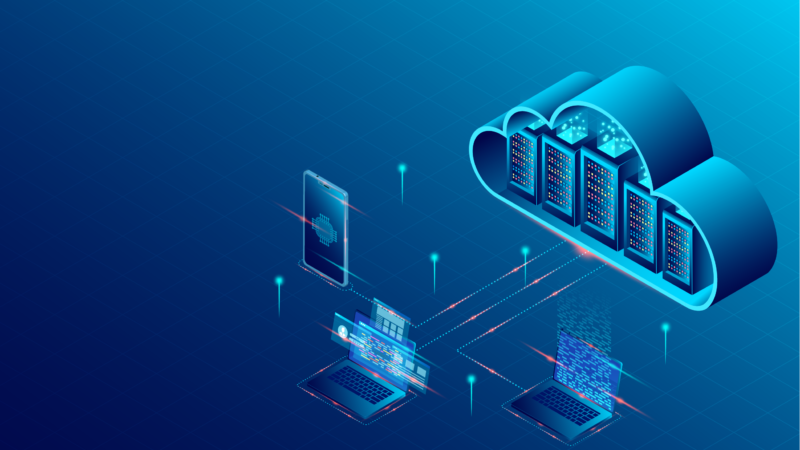As state and federal governments increasingly turn to indirect taxes to make up a larger portion of their overall corporate tax scheme, the tax teams at many US companies may find it more difficult to stay ahead of the growing workflow brought on by indirect taxes
“It’s becoming a much larger source of revenue for governments,” says Ray Grove, Vice President of Product Management for Indirect Tax at Thomson Reuters. “It’s a way of extracting value where there is value.” Indeed, the portion of corporate taxes represented by taxes on production and imports (indirect tax) — rather than taxes on corporate profits (income tax) — represented almost 90% of the total tax bill, according to tax figures from the US Bureau of Economic Analysis.
Indirect taxes can be seen everywhere — retail sales tax, value-added taxes, and negative-incentive taxes on products such as sugary foods, cigarettes, alcohol, or gasoline. “In a way, indirect taxes can control socio-economic behaviors and help shape economies as negative behaviors are penalized with taxation,” Grove says.
Not surprisingly, the growth of indirect taxes was accelerated by the COVID-19 pandemic, as e-commerce activity around the globe skyrocketed, with online spending representing 21% of total retail sales last year, compared with 15% in 2019, according to a Digital Commerce 360 analysis. Online sales volume is a big component of indirect taxes, a fact that was underscored by the U.S. Supreme Court’s 2018 Wayfair decision that allows states to require that companies collect sales and use taxes even when the company making the sale does not have a physical presence in that state.
As the use of indirect taxes increases, however, the burden on the corporate tax teams behind those retailers and manufacturers — those tax pros that have to calculate the level of an indirect tax, depending on product classification, location, and a host of other factors — has grown, especially as sellers need to instantaneously make these tax calculations to ensure smooth transactions with consumers buying their products.
The just-released report, Indirect Tax: More than just a process, published by Thomson Reuters, shows just how dire the situation presented by increased indirect taxes use can be to businesses. “Indirect taxes pose an increasing risk to companies,” the report noted, “but with the right investment in talent and technology, indirect tax teams can move beyond compliance to add value by improving customer relationships, cashflow, and risk mitigation.”
Moving to the edge
The growing pressure of this untenable situation has ramped up the need for solutions to address sellers’ concerns. And that’s where edge computing enters the picture.
Edge computing allows retailers and manufacturers to bring their transactional tools much closer to the source of the transaction, while staying connected to the larger network. For example, Amazon’s Alexa or the Apple watch are examples of edge computing products that move their companies — Amazon or Apple — much closer to the transaction and the consumer. “The tech industry has been saying for some time that there is value in moving closer to the transaction,” Grove explains, noting that allowing sellers’ use of edge computing products to capture data and information, maximize the control and speed of transactions, all while staying connected to the cloud, has demonstrable benefits for sellers’ tax teams that can help make the business case for increased tech investment.
In terms of indirect taxes, these edge computing tools can allow retailers, manufacturers, and wholesalers to calculate the correct level of tax right there as the consumer is making the transaction, while still staying connected to the company’s larger tax engine in the cloud. Currently, most of these businesses have their tax engines on-premises, which grants them a certain amount of control over the process; however, it does force businesses to absorb the cost of outdated technologies, such as when they have to take their tax systems off-line so they can do updates.
“What you’re seeing with edge computing is really not so much a step between on-premise tax engines and in-the-cloud tax engines, but rather a step beyond both to offer proximity to the transaction while remaining linked to the cloud,” Grove notes. “It’s really the future of the tax engine model.”
In the Indirect Tax report, survey respondents who said they wanted to move their tax function to a more value-adding role said they saw technology as fundamental to improving their work. However, they also noted that making the business case to company management for investment in indirect tax tech solutions was daunting and usually had to be triggered by a cataclysmic event, such as a negative audit, evidence of tax overpayments, or other errors. Conversely, another trigger was simply the pressure caused by the company’s business growth outstripping the capacity of the indirect tax team to manage workflow using the existing systems.
“Too often, people fall short of appreciating the technology they have and what it costs,” Grove says, noting that as edge computing transactions tools re-configure how companies address their indirect tax issues, making the business case for their adoption should become easier.
You can learn more about how edge computing can impact your company’s indirect tax process here.







